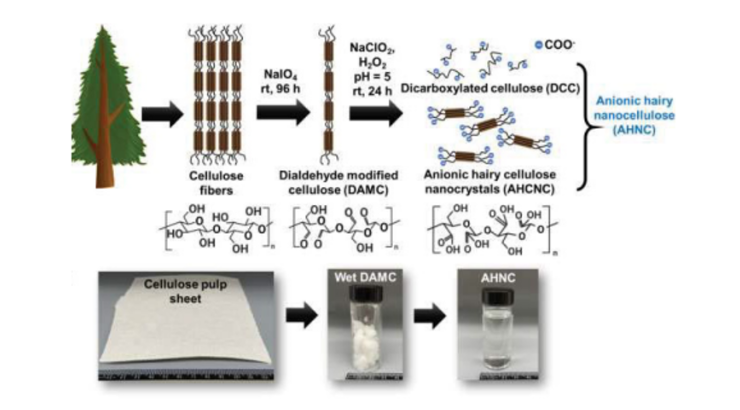Functional Micro- and Nano-structured Materials from Renewable Sources and the Use Thereof
ID# 2022-5404
Technology Summary
Growing concerns about petroleum-derived materials and the state of the environment has prompted research on renewable material. Biomass is the largest renewable organic carbon source, and therefore a candidate to produce advanced sustainable materials. Lignocellulosic biomass, comprising highly abundant biopolymers is a large source of renewable energy and feedstock chemicals, as well as a potential source for sustainable micro- and nanomaterials. The inventor evaluates the potential of an acid-free method to convert a various lignocellulosic biomass into highly charged biocolloidal products.
Application & Market Utility
This work may provide new opportunities for the conversion of a wide array of lignocellulosic biomass into highly functional biocolloids for advanced sustainable applications, such as element recovery, water and body fluid treatment, tissue engineering and regeneration, energy storage and conversion, carbon capture and storage, and so forth. With the renewable and various characteristics of biomass it offers applications in numerous fields. For instance, the market for tissue engineering products was approximately 12.75 billion dollars as of 2021.
Next Steps
Researchers are diligently optimizing this innovative technology, along with actively seeking prospective licensing partners who want to bring these transformative technologies to the forefront of real-world applications.

